- Joined
- Jul 20, 2007
- Messages
- 5,357
I hope this tutorial is helpful to people who would like to preserve their deceased arachnids, their molts, etc.
You will need:
Casting Resin
Resin Catalyst (sometimes included with resin)
Mold Release and Conditioner
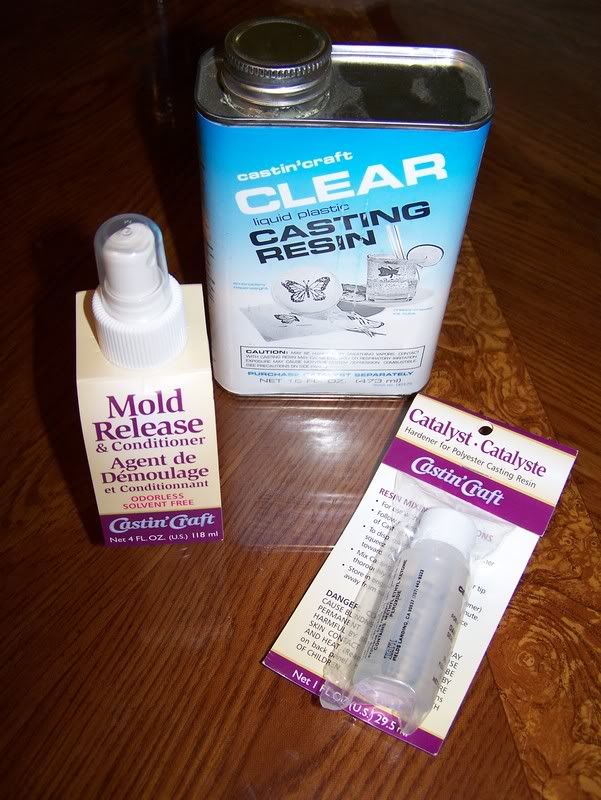
Casting mold (I used a pyrex casserole dish in this case)
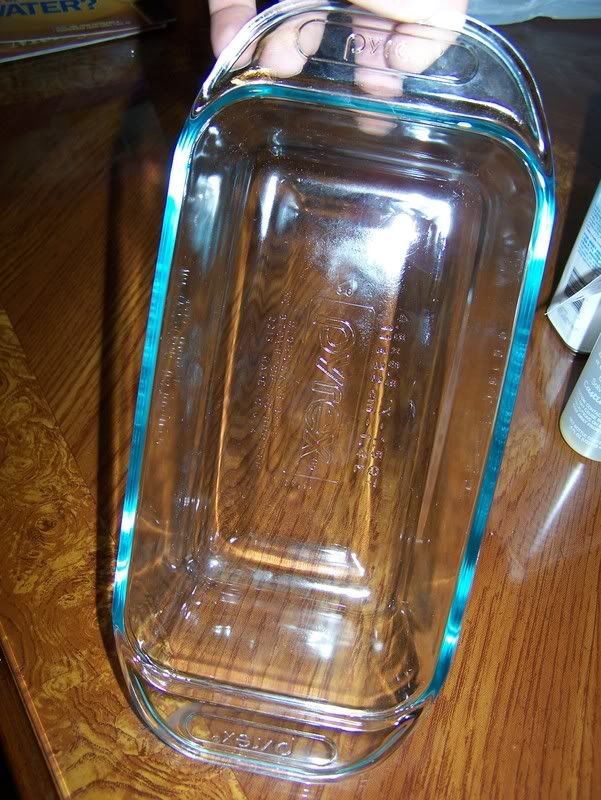
Casting subject (I'm using a *sigh* 7.5" P. striata)
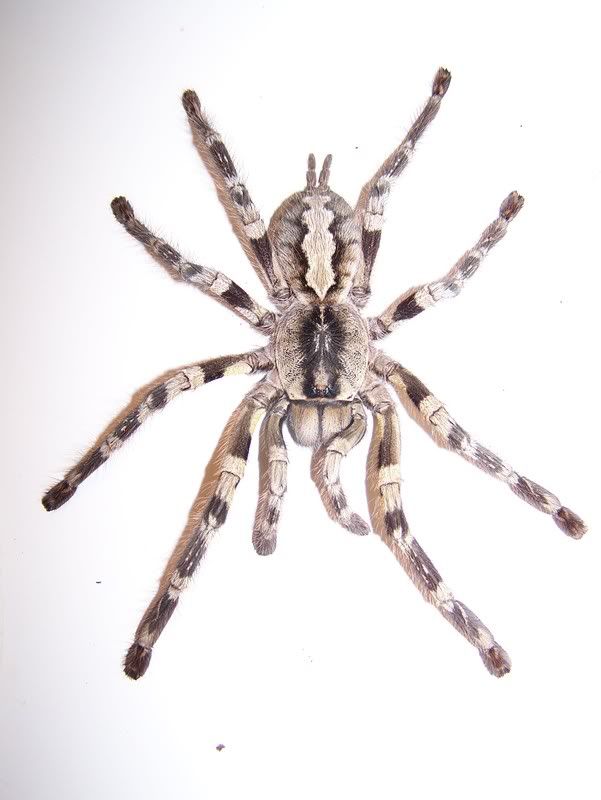
**Note**
These steps should be followed in a well-ventilated area. Read the warnings and instructions before using! Resin should be catalyzed in a separate container and poured into the mold. Instructions for catalyzing resin vary so check with the instructions when catalyzing.
-----------------
Step 1: Clean the casting mold, shake the mold release vigorously, and spray the mold. Allow to dry, shake and spray again.
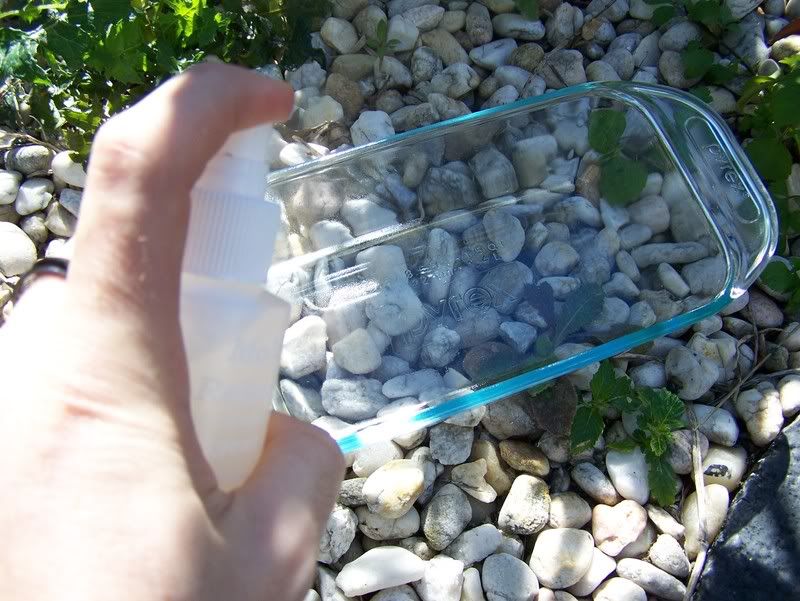
Step 2: Catalyze enough resin to fill the bottom of the mold (you want to create a fist layer to set the object on). You don't want a thick layer...just enough so you're not putting the object directly onto the mold. I did 2oz. and it was barely enough to get maybe 1/8" on the bottom.
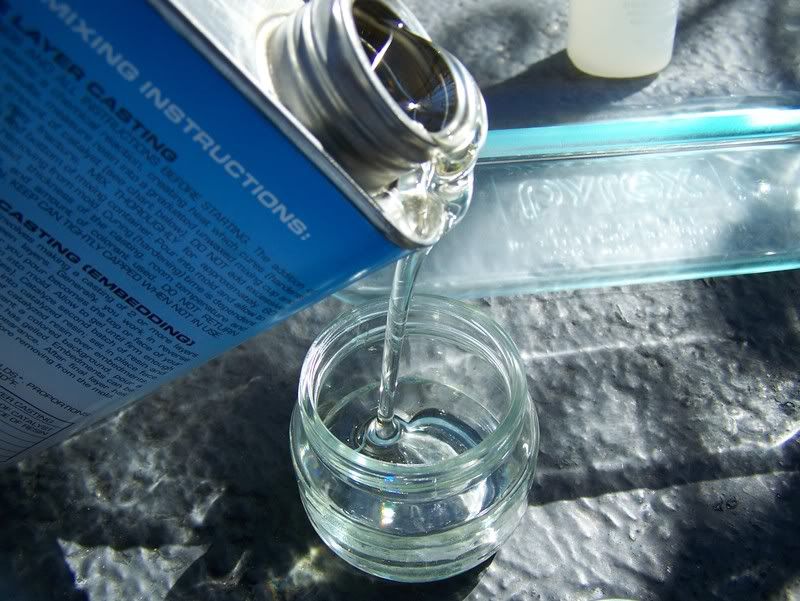

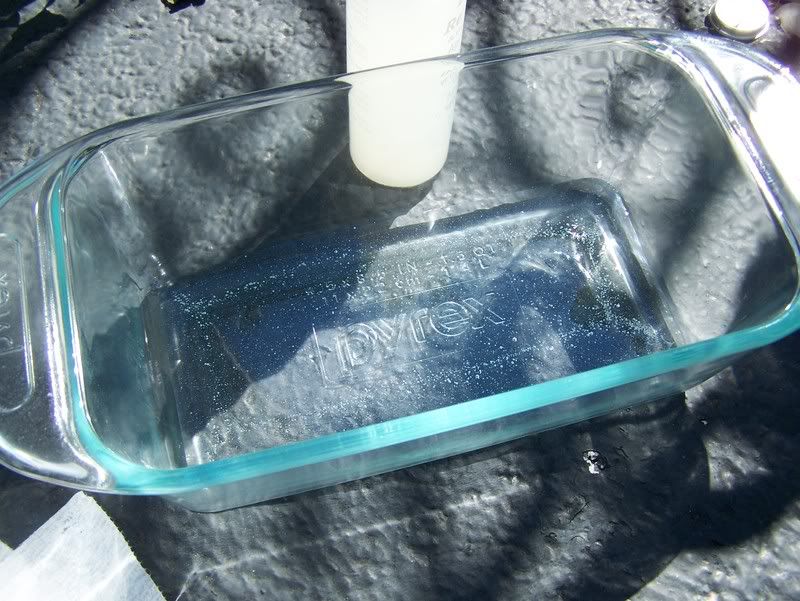
Step 3: Once the resin has dried enough to support the object (about 20-30 minutes), set the object on it upside-down.
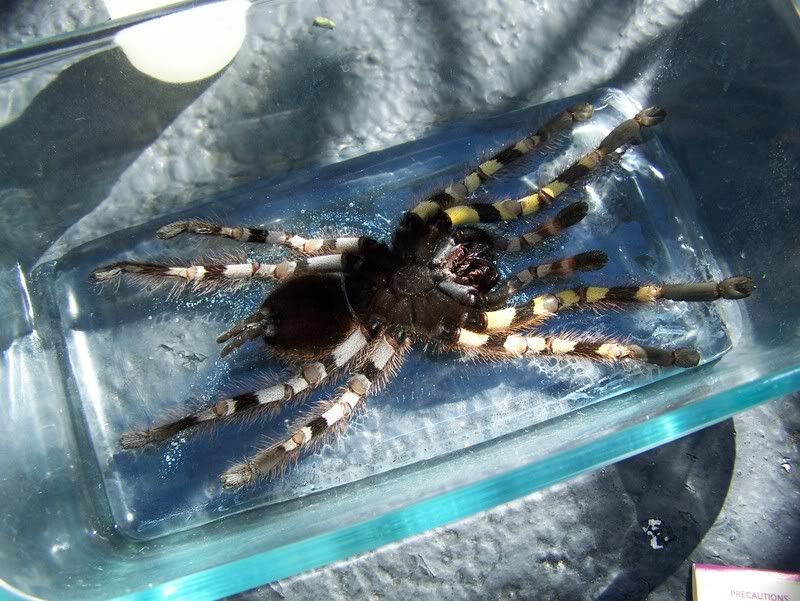
Step 4: Catalyze enough resin to fill the mold halfway up the object. For this spider, I used 4oz. Wait for resin to dry (about 20-30 minutes).
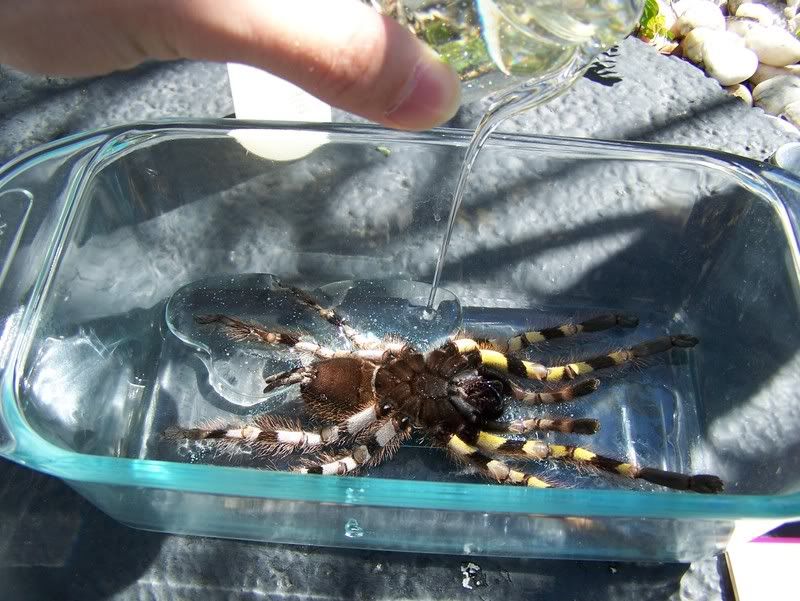
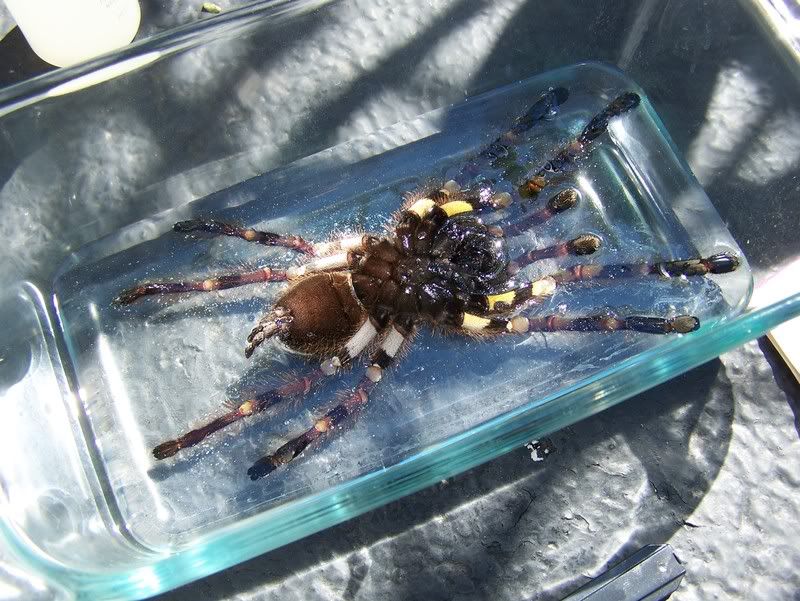
Repeat Step 4 until object is completely covered in resin and there is a thin layer over the object (about 1/8"). Took me about 6oz for this step.
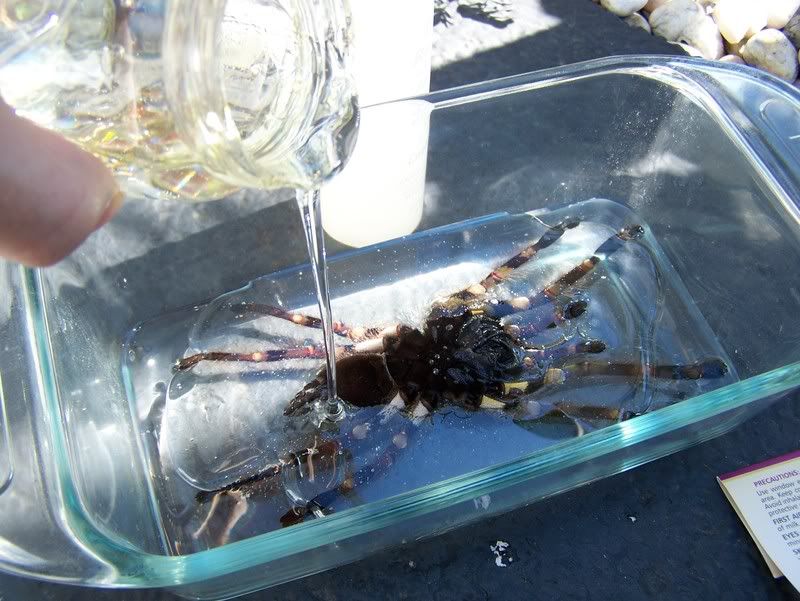
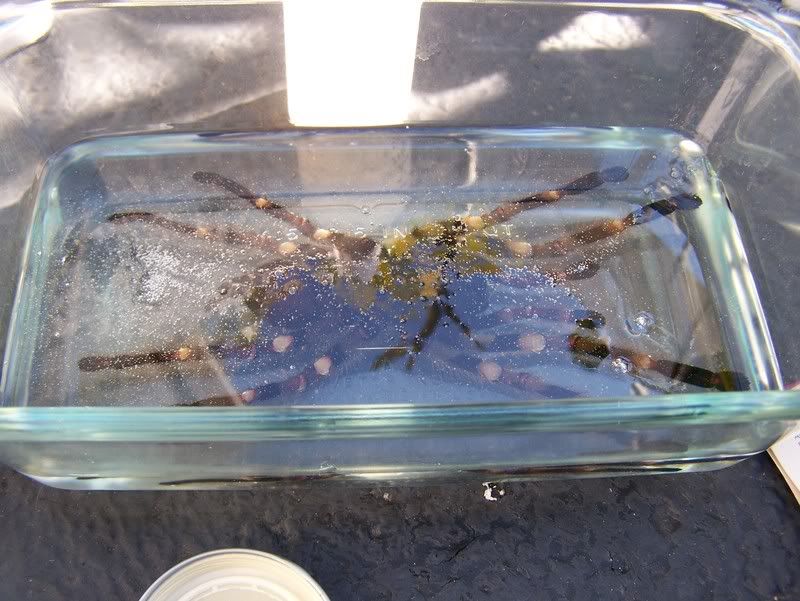

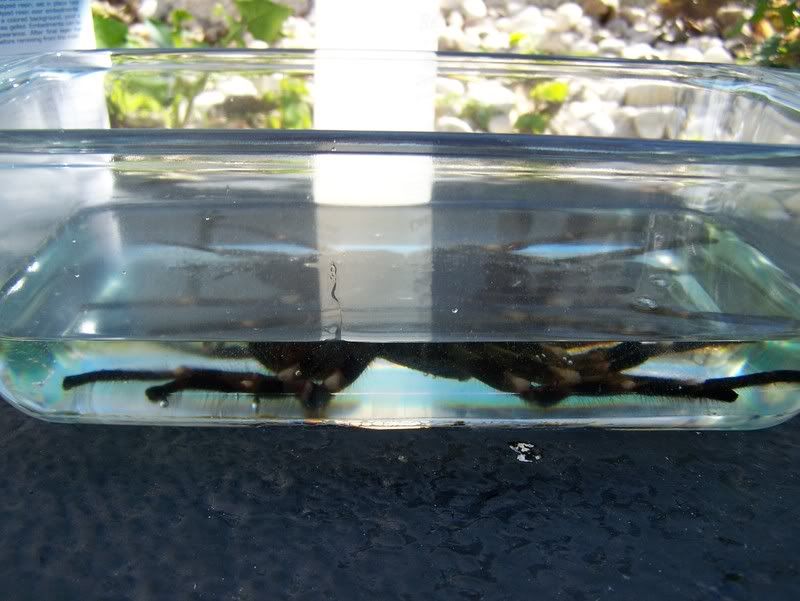
Step 5: Let the cast dry for approx. 3 hours, if not longer. The cast should fall out of the mold without issue.
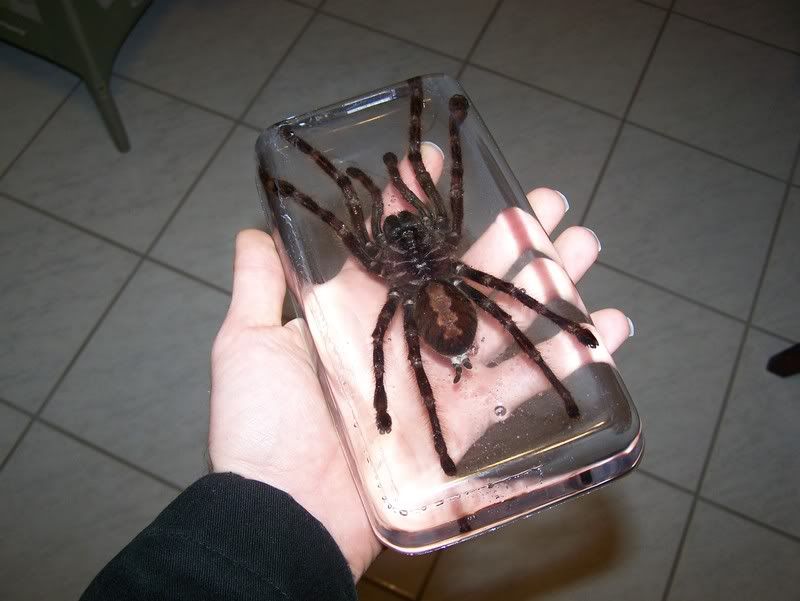
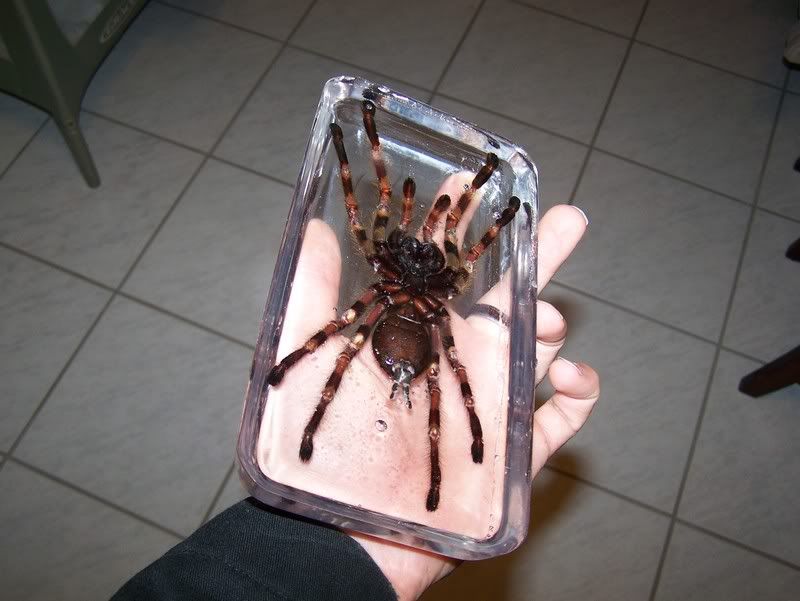
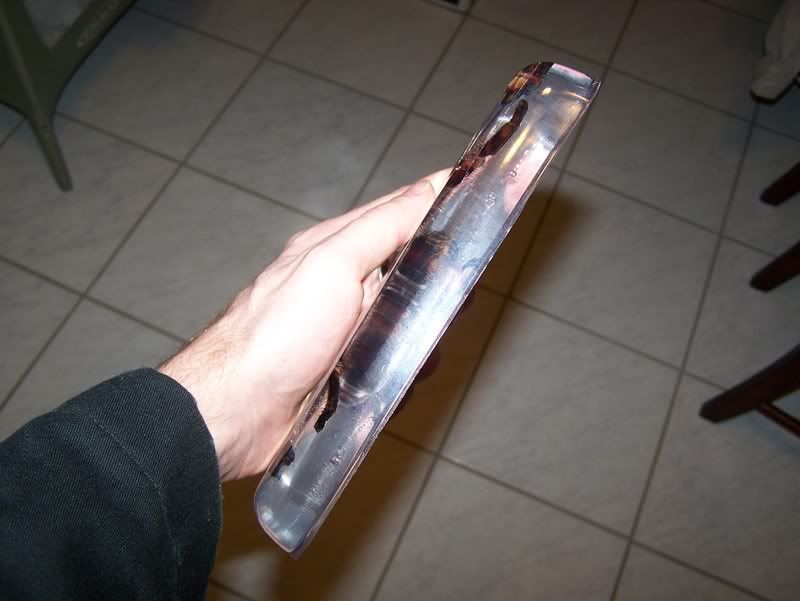
A couple notes: Try not to touch the resin while it's drying. You'll leave fingerprints in it that don't come out. I made that mistake a couple times, but it was on the underside so it isn't as much of a big deal.
Be prepared for the natural coloring of the spider to change. You can see the difference in the before and after pictures posted here.
And the part where I'm a hypocrite: I didn't completely read the label on the molt remover/conditioner:
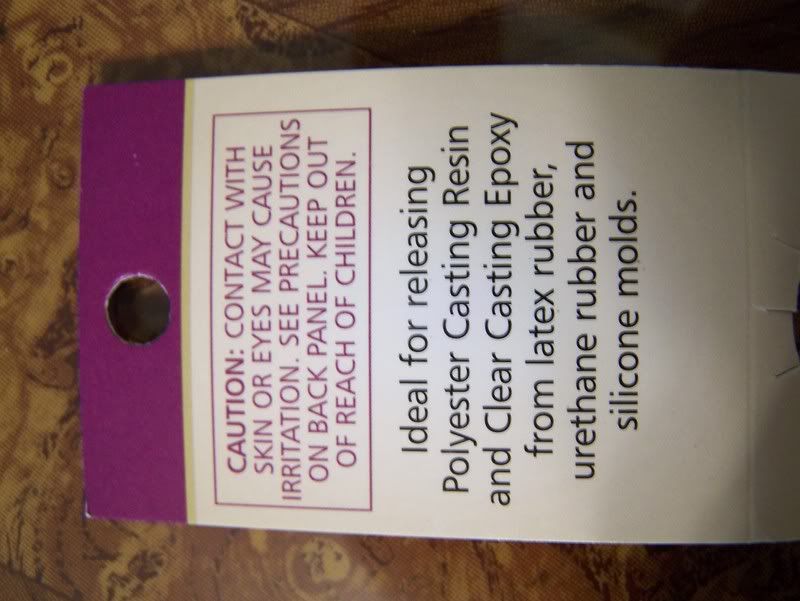
I bought glass, but it ended up working out just fine. The mold fell right out.
I hope this is helpful for everyone. Let me know what you all think!
--Joe
You will need:
Casting Resin
Resin Catalyst (sometimes included with resin)
Mold Release and Conditioner

Casting mold (I used a pyrex casserole dish in this case)

Casting subject (I'm using a *sigh* 7.5" P. striata)

**Note**
These steps should be followed in a well-ventilated area. Read the warnings and instructions before using! Resin should be catalyzed in a separate container and poured into the mold. Instructions for catalyzing resin vary so check with the instructions when catalyzing.
-----------------
Step 1: Clean the casting mold, shake the mold release vigorously, and spray the mold. Allow to dry, shake and spray again.

Step 2: Catalyze enough resin to fill the bottom of the mold (you want to create a fist layer to set the object on). You don't want a thick layer...just enough so you're not putting the object directly onto the mold. I did 2oz. and it was barely enough to get maybe 1/8" on the bottom.



Step 3: Once the resin has dried enough to support the object (about 20-30 minutes), set the object on it upside-down.

Step 4: Catalyze enough resin to fill the mold halfway up the object. For this spider, I used 4oz. Wait for resin to dry (about 20-30 minutes).


Repeat Step 4 until object is completely covered in resin and there is a thin layer over the object (about 1/8"). Took me about 6oz for this step.




Step 5: Let the cast dry for approx. 3 hours, if not longer. The cast should fall out of the mold without issue.



A couple notes: Try not to touch the resin while it's drying. You'll leave fingerprints in it that don't come out. I made that mistake a couple times, but it was on the underside so it isn't as much of a big deal.
Be prepared for the natural coloring of the spider to change. You can see the difference in the before and after pictures posted here.
And the part where I'm a hypocrite: I didn't completely read the label on the molt remover/conditioner:

I bought glass, but it ended up working out just fine. The mold fell right out.
I hope this is helpful for everyone. Let me know what you all think!
--Joe

